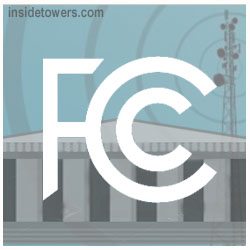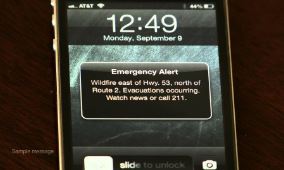
Money, time and even the hearing details themselves were squabbled over yesterday in a House Communications Subcommittee hearing. Up for discussion, were 25 bills to facilitate broadband deployment, especially to rural areas. Democrats like Pennsylvania’s Mike Doyle said it was too much. “We’re simply not giving these bills the time and expertise,” they deserve, he said. Doyle suggested it would be more prudent to hold a series of hearings and also add representatives of relevant government agencies.
Democrats were also concerned none of the bills specifically appropriate funding to broadband deployment. California Dem Anna Eshoo said, “There is nothing here that will address what we need. I implore the majority to get real. We have to have money.”
Oregon Republican Greg Walden, who also chairs the larger House Commerce Committee, said it was important to get the bills out so the public can see them. “We want NTIA and other organizations to help us figure out what areas are not served. The big investment here is coming from the private sector.” However he added: “There is public money that’s being spent. Our job is to make sure it’s spent wisely.” Walden summed up, “We could have a hearing every week for 25 weeks and then move forward or we can do one hearing now.” Continue Reading






 A wind turbine at Falmouth’s
A wind turbine at Falmouth’s 
